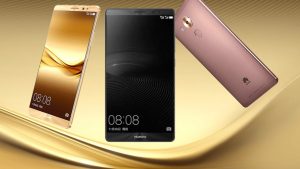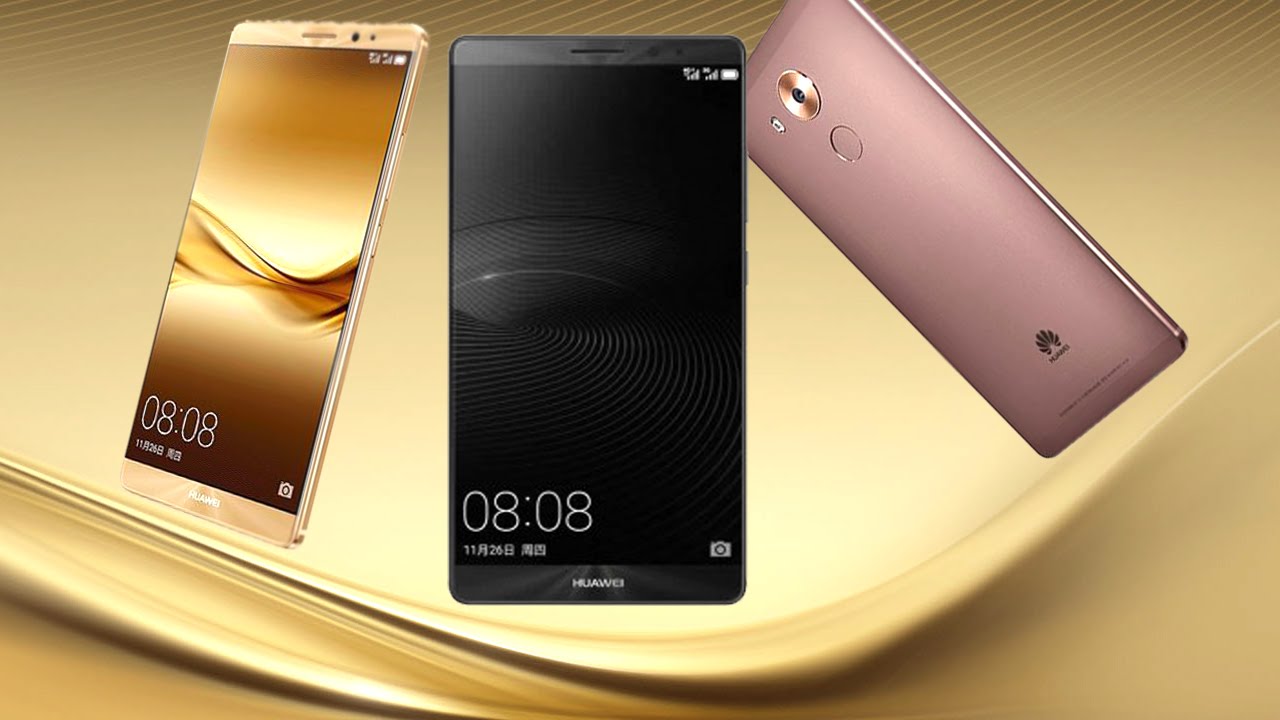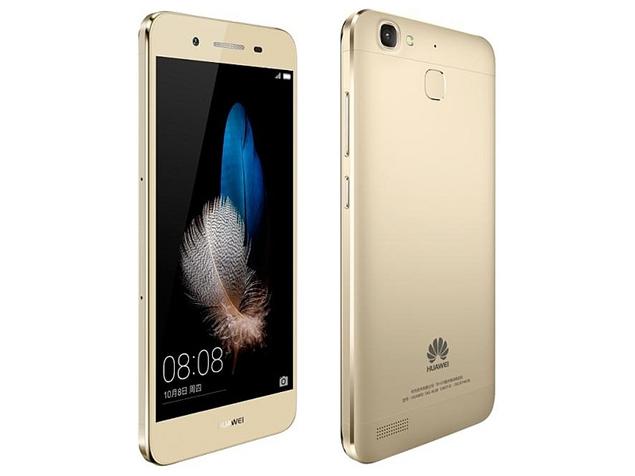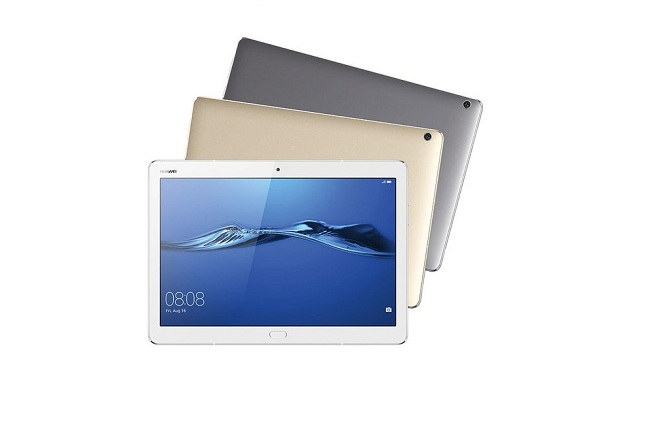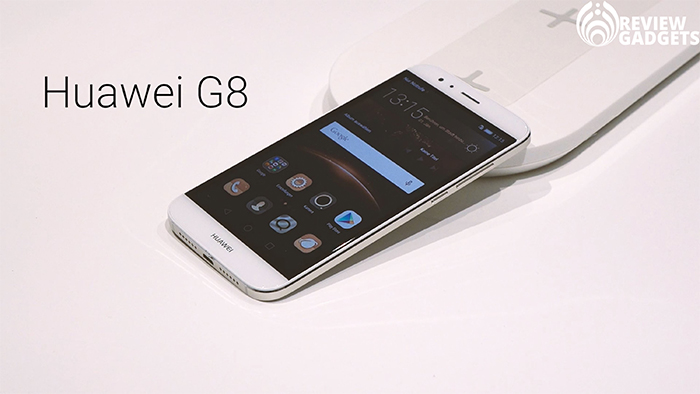Huawei Mate 9 First look
Huawei Mate 9 First look: Introduction
The Mates are the partners of the Huawei P series- the P9 directs with Leica dual camera, now follows the Mate 9 with an upgraded version. It has the next generation chipset that allows the camera to record 4K 2160p video. Huawei made it clear that the new Mate 9 is the phone for professional. With its 5.9-inch display, it stands above the P9. However, its bezel gives a more ergonomic look as compared to the last year’s Mate 8. The company promises “uninterrupted two days of usage” and fast charging as well.
Huawei made it clear that the new Mate 9 is the phone for professional. With its 5.9-inch display, it stands above the P9. However, its bezel gives a more ergonomic look as compared to the last year’s Mate 8. The company promises “uninterrupted two days of usage” and fast charging as well.
The software is upgraded as well- machine learning algorithm in the brain of EMUI 5.0 will observe and predict what you next and optimise the experience to reduce the waiting times. Plus, enhanced RAM management claims to manage even heavy apps with ease.
Huawei Mate 9 First look: Design and Build.
Pulling the Mate 9 out of its box is an experience itself. The unique nano-level ink lenses form a special glare effect that makes the device look good.
The curve of the device is a bit of bend in line, but for a good reason, it makes the phone comfortable to hold. The company addressed the issues of the users and dropped the bezels, and the Mate is narrower than the previous version. The side of the handset feels more comfortable as there is no metal squishing into your palm.
The smartphone is a bit hefty with 190 grams which are 5 grams heavier than the previous model.
The company is ideologically against over 1080p resolution; they think it as the conceit that squanders battery. As a matter of fact, 1080p is sufficient for 373ppi pixel density.
Instead, the company is more focused on other numbers. In the Mate 9, Huawei claims a high contrast image (1,500:1 typical contrast) with accurate colours.
From a more realistic point of view, the display with 2.5D glass, which means the phone’s edges are diagonal to make the transitional softer.
This is company’s first smartphone to feature the latest Android Nougat. The custom EMUI skin is at version 5.0, which give an aesthetic look and reduce the taps it takes to launch an app. As per the company’s promises a user can launch 92% of the app in just three taps or lesser.
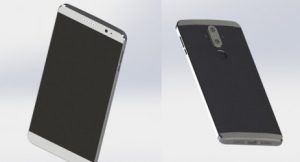
It has the same knuckle gesture that we have seen in Mate 8. Users drag their knuckles across the screen to launch split-screen multitasking. Tapping with the knuckles either takes a screenshot or starts video recording.
The Huawei Mate 9 features 4GB of RAM, and Huawei’s upgraded system automatically frees up the unused memory and utilises compression to house more stuff. A Machine Learning Algorithm has 1,000 application quickening functions and claims to improve the responsiveness.
The fingerprint sensor is housed in its traditional place on the back. According to the stats, it takes 0.4 seconds to response, which is not the fastest we have seen.
Huawei supports USB 2.0 speeds and also fast charging (Super Charge tech pushes a huge 25W). Paired with the device’s long battery life, it takes only 20 minutes to charge the smartphone for the day.
The Huawei Mate 9 is a dual-SIM smartphone along with all the wireless connectivity. Although, using two SIMs bolts you out of expanding the onboard storage. Though you get 64GB, that looks enough.
The connectivity option includes an IR blaster. The smartphone features a pre-installed app that can take manage your digital equipment at home. The 3.5mm audio jack is intact.
Huawei Mate 9 First look: Camera
The Huawei and Leica affiliation have taken out the second generation of their joint creation. The dual camera now comes with a higher resolution neutral sensor- 20MP. The colour stays camera stays at 12MP. Among the two and the custom image processor, Mate 9 can do Hybrid Zoom- a 2x digital zoom. Both the cameras can be used for adept processing rather than producing a broken effect.
The smartphone uses a 27mm aspheric lens paired with Summarit branding and a f/2.2 aperture. Aspheric lenses evade many optical deviations whereas being simpler and lighter than spherical lenses. This comes in handy when you are working on something on a smartphone
The aperture is seemed darker than seen in any flagships, though the monochrome acquires a good deal more light or rather it doesn’t lose light to the Bayer filter. Further, the pixel binning helps in reducing the noise.
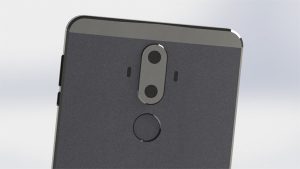
Next to the camera is dual LED, dual tone camera flash. On the other side is the Laser autofocus system- one of the four AF mechanism.
The camera is powered by a custom chip that is capable of pulling camera tricks. You can go back to the shots and change the lighting and focus. It also powers face recognition. Also, the 8-MP front snapper also features autofocus. The dual camera can also create broken effects. You can change the virtual aperture, based on how soft you want the background.
Huawei Mate 9 First look: Performance
The Mate 9 is the first beneficiary of the Kirin 960 chipset. That makes it the first smartphone to feature ARM’s Cortex-A73 processor core and Mali-G71 graphics core. Both are used to boost power and space efficiency.

Moreover, both the cores recognise each other and can provide stable power use and thermals that would guarantee the finest performance. In fact, this is one of the main advancements in Cortex-A73- sustained performance.
According to the company Vulkan offers a 400 % enhancement in graphic performance, making it significant for VR.
It certainly beats Xiaomi Mi 5s and its Kyro cores in the upgraded Snapdragon 821 chipset.

